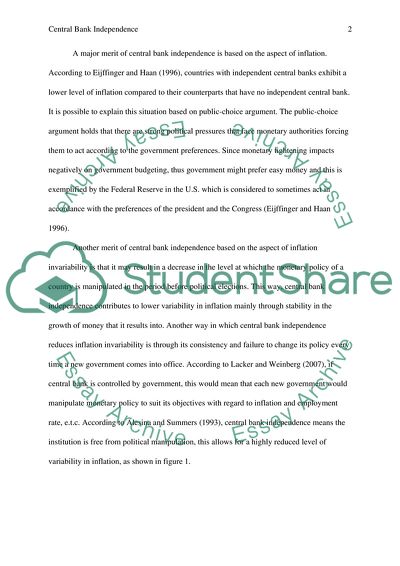Cite this document
(“Merits and Drawbacks of Central Bank Independence Essay”, n.d.)
Merits and Drawbacks of Central Bank Independence Essay. Retrieved from https://studentshare.org/macro-microeconomics/1701853-merits-and-drawbacks-of-central-bank-independence
Merits and Drawbacks of Central Bank Independence Essay. Retrieved from https://studentshare.org/macro-microeconomics/1701853-merits-and-drawbacks-of-central-bank-independence
(Merits and Drawbacks of Central Bank Independence Essay)
Merits and Drawbacks of Central Bank Independence Essay. https://studentshare.org/macro-microeconomics/1701853-merits-and-drawbacks-of-central-bank-independence.
Merits and Drawbacks of Central Bank Independence Essay. https://studentshare.org/macro-microeconomics/1701853-merits-and-drawbacks-of-central-bank-independence.
“Merits and Drawbacks of Central Bank Independence Essay”, n.d. https://studentshare.org/macro-microeconomics/1701853-merits-and-drawbacks-of-central-bank-independence.


